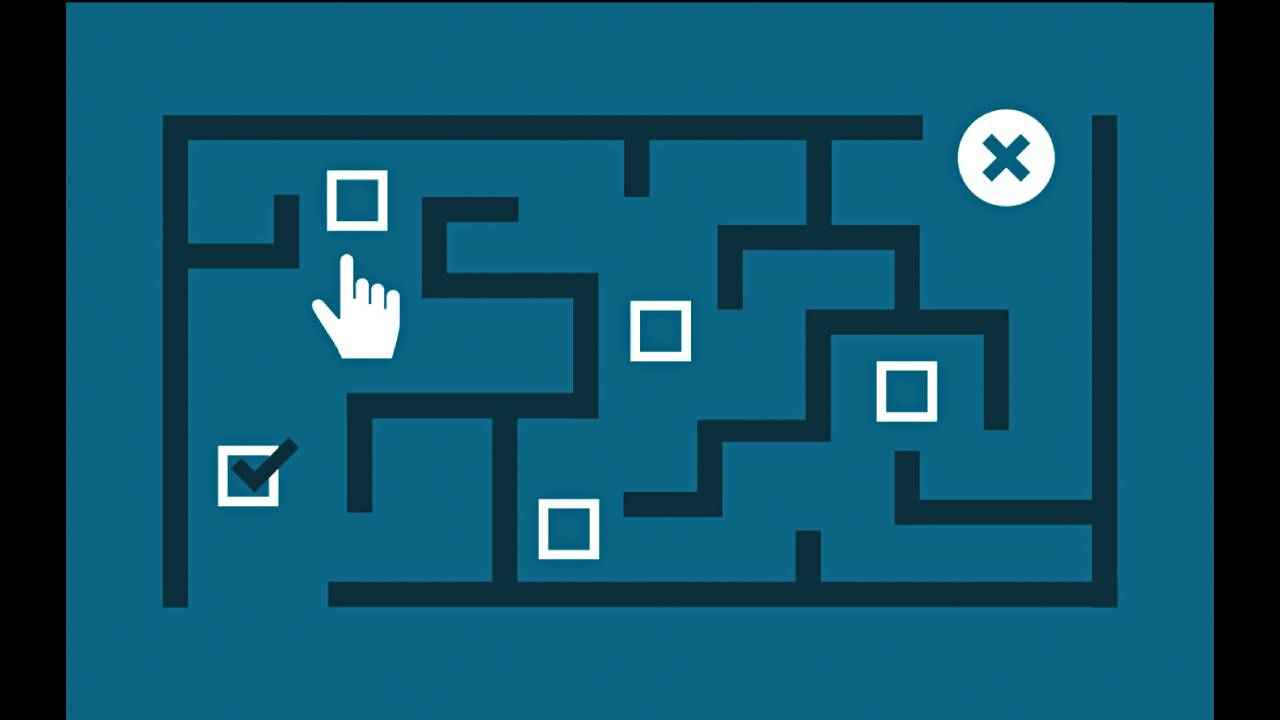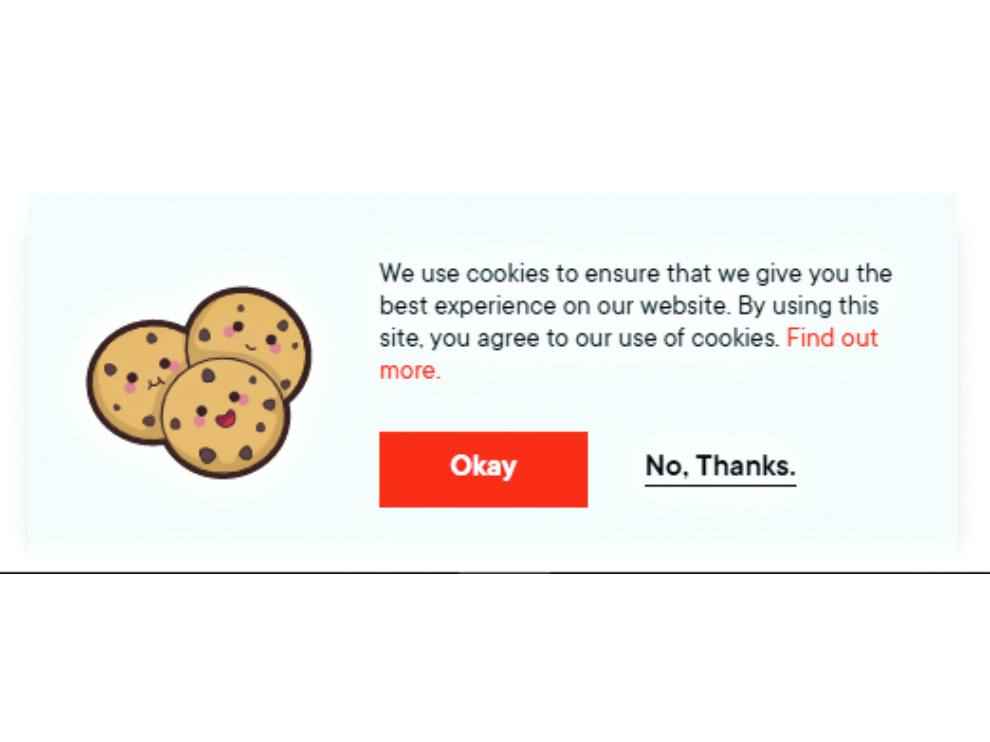Dark patterns: interfaces designed to trick users

UX or user experience designers use their expertise in cognitive psychology and usability to conjure up the best experience on websites for internet users. Or at least, they're supposed to. More often than not, UX designers go down the unscrupulous path of using their knowledge of psychological biases in creating user experiences that are meant to mislead, misdirect or misinform you as a content consumer. Commonly known as' dark patterns', this type of UX design caters specifically to a business' interests and goals, be it more sales, data or subscribers.
What's the problem, you ask? Aren't businesses supposed to target profitability and growth? Businesses must indeed strive to rack up profits, but there are ways of doing it without snatching away a user's agency and must employ methods that benefit the users and the businesses. It is a conundrum that has had corporates, businesses and users grappling at the roots of their hair for ages and all for good reason. Let's delve further into 'dark patterns'.
What are dark patterns
Dark patterns are certain interfaces designed meticulously to purposely mislead users to go down a path they did not mean to take. They sideline basic ethics and the user's needs to reach a company's business objectives. While 'dark patterns' are nothing novel and have been utilized in UX design for ages now, the term itself is relatively new.
In 2010, Harry Brignull, a London-based UX designer created a website – darkpatterns.org – that highlights an array of examples of deliberately deceptive user interfaces. If you think you've never encountered such misdemeanors on a website interface, think again. Most of us have had first-hand experiences of having problems unsubscribing from a service or newsletter or getting rid of pesky pop-ups on the screen.
The technique exploits one of the most commonly-seen practices exhibited by content-overloaded consumers today, which is merely skimming through content rather than actually delving into their meaning and implications. We're even more prone to skimming through stuff that looks dull, unappealing or boring on the surface.
In order to execute 'dark patterns' designs well, manipulative timing is integral. A user is more prone not to ignore said patterns, which will cause them to sign up for a service, notifications or monthly payment, when they are already in the midst of a task.
For example, if you've found an article online that you find very interesting, you'll click on the link. You may be able to read the first line or paragraph after which a pop-up or 'Continue' button will appear which makes you sign up for the remainder of the article. Content consumers will just end up signing up despite not wanting to, just because they want to know what comes after so desperately. UX designers are also meticulous enough to ensure that the 'juicy bit' is right after the sign-up process.
What users don't realize is that by giving away your email address, through the normal sign up process or through social media, you have invited a horde of unwanted emails in your inbox. Unsubscribing to these emails? Well, the dark patterns don't just stop at the website, do they? The unsubscribe button is usually in the place you expect it the least. This is the most ethically-sound dark pattern though, and things just get crazier from here. Let's look at some of the most commonly utilized dark patterns.
Most commonly-used dark patterns
Dark patterns work. They lead to profit, there's no doubt about it, which is why they are so ubiquitous. They are a quick means to the end for businesses since long-term, qualitative growth stemmed for user satisfaction and happiness can be quite a tedious and, in some cases, expensive affair. These are some of the common dark patterns out there that you, as a content consumer, should be wary of.
Confirmshaming
This is where the UX design exploits the users by making them feel guilty or simply feel FOMO. Statements such as "I'm not interested in discount deals" or "I don't care about my child's health" are a few abhorrent examples. Check out this Tumblr page for more – https://dgit.in/CS.
Disguised ads
These sneaky tactics disguise ads as part of the clickable content – buttons, sliders, registration. The primary goal of such dark patterns is to confuse the user into clicking them and * cha-ching *. You may have seen this on pages where you can download free software. The UX designers make the 'clickable ads' large and sometimes, green, to indicate this is the right way to go, when in fact, the actual download button is a tiny speck concealed in a pool of treachery.
Forced continuity most
services today tend to lure customers by offering them a free trial for a limited period of time. However, your card details are mandatory to avail of this free trial. Soon, months go by and you find that your statements are a monthly fee has been deducted after your trial period ended without any indicators or warnings. Audible is one such example where users are given a month's worth of free trial after which the company sends no emails or notifications reminding users that they will be charged henceforth.
Persuasive formatting
colors and design theories are often used to condition and ultimately, mislead consumers in UX. In the image shown, the 'Okay' (which agrees to use of cookies) is explained and looks like the obvious choice whereas the 'No, Thanks' looks plain and doesn't have a highlighting background. This tricks users into believing that clicking 'Okay' is the correct option and clicking the 'No, Thanks' may lead to undesirable consequences.
Other methods such as Roach Model, Trick Questions, Sneak Item into Basket, Privacy Zuckering (named after Mark Zuckerberg), Hidden Costs, Bait and Switch and Friend Spam are also prevalent dark patterns. You can read more about them on darkpatterns.org.
Why companies should stray away from dark patterns
The idea of dark patterns in UX does indeed seem irresistible since it does shoot up profits and benefits, temporarily at least. Considering, this unethical practice may very well have tons of negative implications. One of the most telling examples of the negative consequences arisen from dark patterns is LinkedIn's friend spam fiasco. The company was actually sued for $ 13 million over its use of dark patterns in an onboarding process. LinkedIn tricked users into importing their entire address book and sent spam friend emails to their contacts.
The consumer or customer has also become more aware. Gone are the days of customers being naive, now they know about user manipulating tricks and will eventually walk away from a service that employs these too aggressively. According to a study by Impact, 79 percent of users stray to another website if they are displeased with the content of a particular website.
Microsoft is yet another company that came under the spotlight for using deceptive design. Microsoft prompted users to upgrade to Windows 10 when the new version came out. However, the X button on the prompt to upgrade did not cancel or postpone the upgrade process. Instead, clicking the cross (x) actually initialized the upgrade right then and there. This brought on the massive backlash from the online community.
Yet another tech giant, Facebook, was also called out for misleading wordings when it came to disable the facial recognition feature. It warns users not to opt-out of the service since disabling this feature can lead to other users impersonating you or using your photograph in the wrong context. This is a form of emotional manipulation that uses carefully structured sentences to usher the user to do something that benefits the company ultimately.
Since the proliferation of the term dark patterns, researches and studies have been conducted to study them and their unethical usage. The increasing trend of dark patterns is causing new design laws to emerging that attempt to nip the issue at the bud. Recently, Congressional leaders in the US have taken up arms against the practice and are in talks of banning it altogether.
Ultimately, tricking users into converting to paid subscribers, clicking on ads, and accepting cookies or notifications fractures the image of the business. Short term gains may seem elusive, but the long-term damages impact businesses the most. Fortunately, awareness about 'dark patterns' and their usage is more commonplace now and regulatory action seems to be on the horizon.
Dhriti Datta
Perpetually sporting a death stare, this one can be seen tinkering around with her smartphone which she holds more dear than life itself and stuffing her face with copious amounts of bacon. View Full Profile






